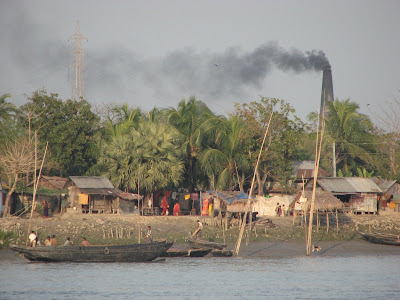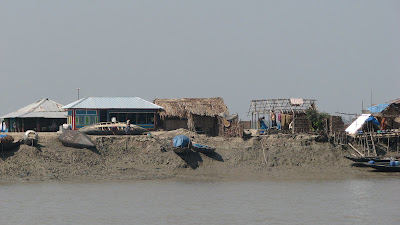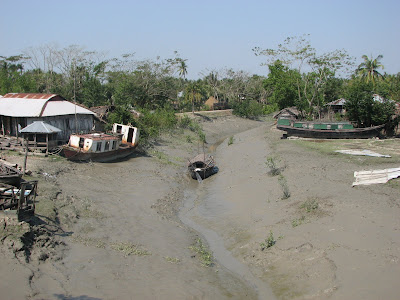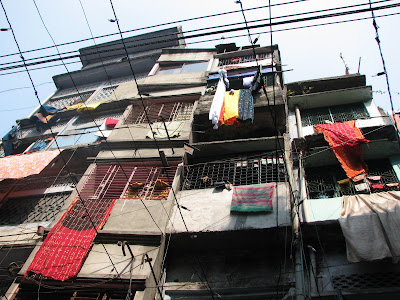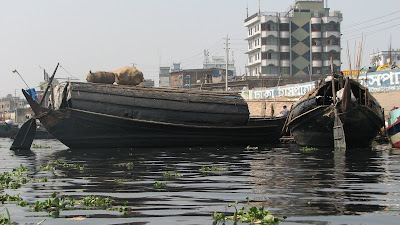
For the past three + months I have been teaching a new course at NYIT called Introduction to Ecology (for Architects). The course introduces students to ecological systems with respect to interactions between the natural and built environment, and specifically with regard to shelter and environmental conditioning. Students are asked to consider the relationships between technology and culture as they learn how old and new technology can compliment the rhythms of the sun, wind, rain, water conservation and cycles of biomass and waste when designing habitable spaces.
As the semester ends, I must say that I tremendously enjoyed teaching this class. The students were inquisitive at a variety of levels, sometimes asking deep questions about how we live on the earth to asking the simplest questions that revealed how disconnected we are from our food, water and energy. Second, the course gave me a platform for disseminating my travel research in New Orleans, Bangladesh, India and Brazil (not to mention my composting experiments at the community garden this summer). I also gave a separate lecture on water to 60 first-year students and faculty. My skills as a lecturer/professor are slowly developing. I'm learning how important it is to engage the students, to make the class fun and stimulating and to really listen to them and offer the best feedback I can give.

Ecology students on a tour of the new LEED-platinum rated visitors center at the Queens Botanical Gardens

Assignment: collect the garbage that you would normally throw away over the course of one day. Discussion: How can waste become resources? How can we redesign products and packaging to become useful "technical nutrients"? What role can architects play in reducing the amount of waste that ends up in landfills or polluting water?


























